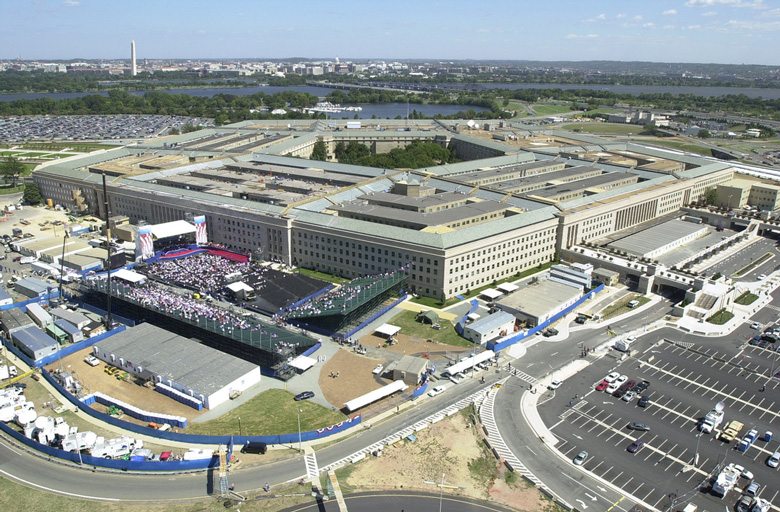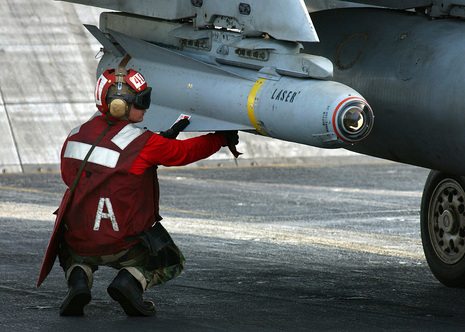The Department of Defense Inspector General (DoD IG) released the results of its audit of the suspension and debarment (S&D) process at the Services (Army, Navy, and Air Force) and the Defense Logistics Agency (DLA).
Incredibly, this is the first time DoD IG has reviewed the Pentagon’s suspension and debarment process in nearly two decades. It should therefore come as no surprise that the audit found much room for improvement.
The purpose of suspension and debarment is to ensure the federal government conducts business only with responsible contractors. Suspended and debarred companies and individuals are not allowed to bid on or receive new federal contracts or subcontracts. Their names are entered into a database called the Excluded Parties List System (EPLS), which contracting officials are required to check after the opening of bids and again immediately before awarding contracts.
Here’s a summary of what DoD IG found:
The Good…
S&D procedures at the Army, Navy, Air Force, and Defense Logistics Agency (DLA) were “timely” and “effective.” Service and DLA contracting officials were entering the names of excluded parties into the EPLS about 1.7 days after imposing suspension or debarment, well under the 5-day limit prescribed in the Federal Acquisition Regulation (FAR).
The Bad…
The Army, Navy, and Air Force did not suspend or debar nearly as many contractors based on poor contract performance as the DLA. The Services suspended or debarred poor performers less than 10 percent of the time, while the DLA did so more than 60 percent of the time. The Services’ contracting personnel also had less involvement in—and less familiarity with—the S&D process than their DLA counterparts.
The Ugly…
Although the Services and DLA were checking the EPLS prior to awarding contracts, they awarded 17 contracts worth about $600,000 to 8 suspended or debarred contractors. The Naval Sea Systems Command (NAVSEA) Headquarters awarded almost three quarters of that to one contractor, Sumrall Family Enterprises, after it was suspended by the Air Force and placed on the EPLS. (According to its current EPLS record, the company was debarred last year for a period of five years. The backstory of this incident is described in this Air Force memorandum.)
Appendix B of the report lists all of the contractors that received taxpayer money from the Department of Defense and other federal agencies after being suspended or debarred. As you can see, some of those contracts were awarded long after the company or individual was placed on the EPLS.
DoD IG blames this on the EPLS’s unreliable search engine, which POGO has written and testified about in the past. Occasionally, contracting officials receive no results from EPLS searches because of input errors. If they do not enter the contractor name in the search field exactly the right way, including punctuation, the search will yield no results and the official will erroneously conclude the contractor is eligible to receive new contracts. It was more than two years ago when the Government Accountability Office (GAO) documented the exact same EPLS glitches, which resulted in at least 25 instances when suspended and debarred companies and individuals were awarded millions of dollars in new federal contracts. The names of these companies and individuals are posted here.
It seems GAO’s recommendations in that 2009 report as to ways to fix EPLS fell on deaf ears. We hope DoD IG’s recommendations get better results. The General Services Administration (GSA), the agency responsible for managing and maintaining the EPLS, is in the process of updating and improving the EPLS with the help of IBM, a company that briefly found itself listed in the EPLS after being suspended by the Environmental Protection Agency (EPA) in 2008.











